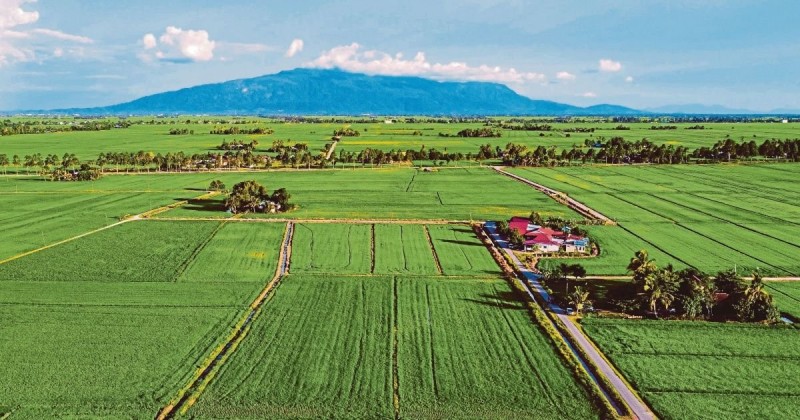
The announcement on food security policy deserves a revisit to ensure a net benefit between short-term expected outcome and long-term unintended consequences.
Among the strategies are adjusting the price ceiling of food, tasking government-linked companies with driving the supply chain and using idle land. But these strategies need rethinking as the long-term losses may outweigh short-term benefit.
First, moving the ceiling price does benefit producers and consumers as stable prices are assured in the short term. However, stable price does not bring growth and innovation in the long term, as there would be little incentive for producers and traders to innovate and create new products or services.
A competitive market with price variations makes market participants innovate to survive and invest to improve efficiency and productivity.
The latter will increase capital formation on farms, which has been static for years. Note that 90 per cent of padi farmers and a high percentage of vegetable growers are in the bottom 40 per cent of earners. This is largely due to low price, high production cost and hence, small margins. Increase in price provide an opportunity for farmers to explore ways to optimise input use and to get out of the rut of low prices for years. Note that low food prices hurt poor farmers because any benefit from lower prices is outweighed by a decline in income.
Experiences from the padi industry prove the above points. After years of import monopoly and price controls, the industry shows little growth.
Price controls result in fixed margins, hence restricting the ability of farmers and millers to reinvest to improve efficiency and productivity. Padi farmers remain poor while traders resorted to mixing poor and good quality rice for additional profit.
After more than five decades of protection, there is little growth in the downstream sector with the exception of the production of mee hoon and rice flour.
Similarly, market centres are numerous, such as hyper and super markets, small retailers, online businesses, and night markets in rural and urban areas.
Domestic food deficit can be compensated through imports as long as consumers have the purchasing power. However, it does not solve the problem of below-optimal production.
Generally, consumers will adjust expenditure, dietary habits and lifestyle when inflation hits. However, the government must support the poor through cash aid and food coupons.
Second, the government has long campaigned against middlemen. Under the new policy, the government intends to involve GLCs in the supply chain of agriculture as intermediaries as well as logistic providers. Since GLC are government investment arms, the government is the new middleman.
Experience has shown that government involvement in business is rarely efficient and laden with mismanagement, for instance, Lembaga Padi Beras Negara, FGV and Tabung Haji.
GLCs may exert their market power and create a high entry barrier to new entrants.
A monopolistic and oligopolistic market structure is not equitable and competitive, and incurs a high fiscal burden on the government. The involvement of government in the supply chain is crowding the market at the expense of dynamism, equity, growth and innovation.
Instead, encourage cooperatives to be involved in supply chain activities for the benefit of their members, following the Taiwanese or Korean models. Farmers' cooperatives in these countries sell their produce through their own hypermarkets, whereas our cooperatives are struggling with production and marketing problems.
Other alternatives include direct selling by farmers through night markets, online, production and marketing contracts.
Third, idle land. A rental land market can be created to ease transaction between owner and tenant. This has been implemented in countries such as China.
Source: https://www.nst.com.my/opinion/columnists/2022/06/806743/govt-should-rethink-food-security-measures

